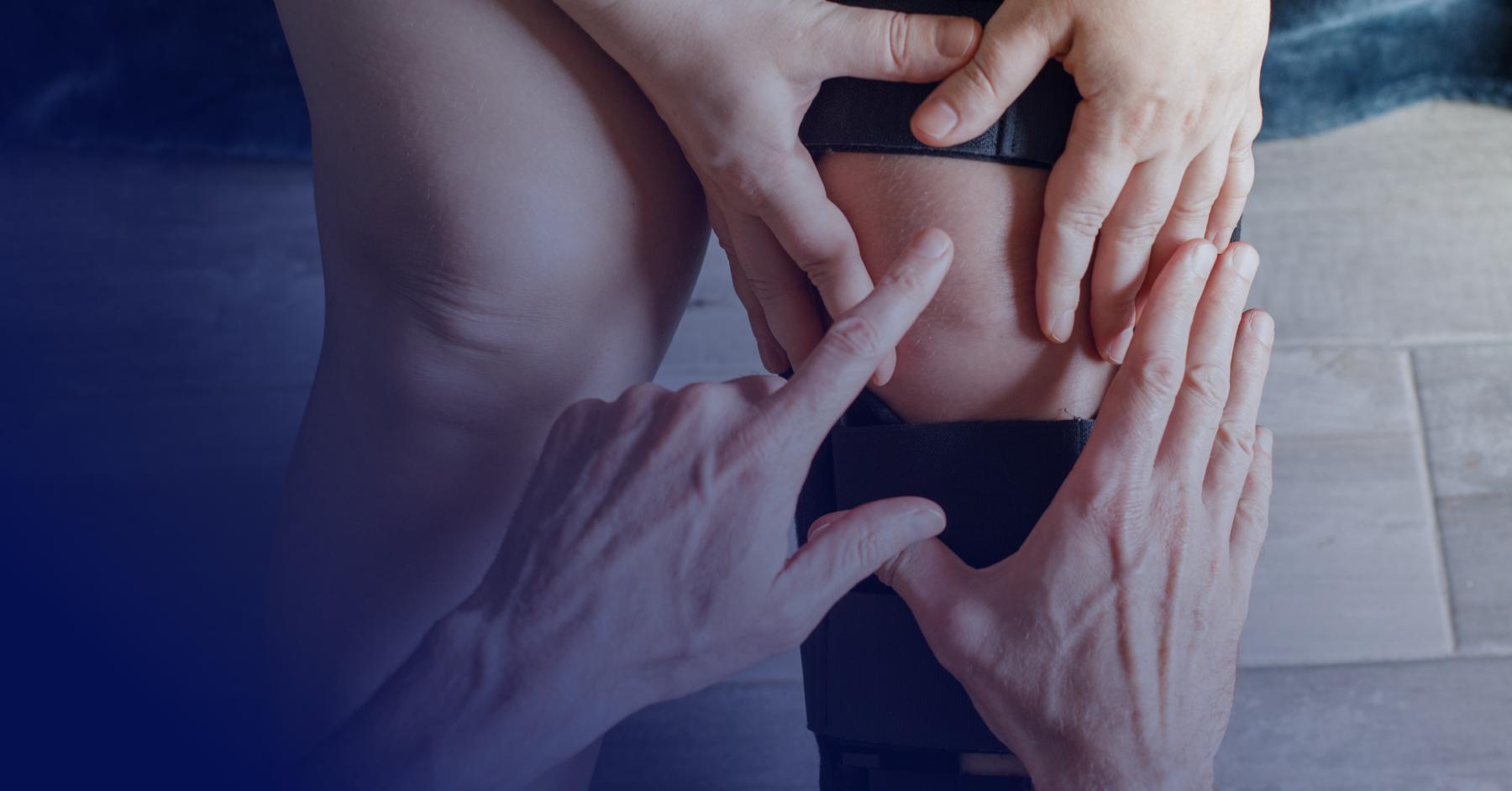How to Prevent Winter Sports Injuries
Workout Injuries, Sports Medicine

Before you hit the slopes this winter, keep these safety tips in mind. They can help prevent an injury.
When snow falls and the temperatures drop, most people want to hibernate. But this is not so for winter sports enthusiasts! They want to hit the slopes to ski and snowboard, lace up skates and take a lap around the ice rink, or gather for a game of ice hockey.
For all the pleasure winter sports bring, they also come with the potential for serious orthopedic injury. In just the skiing and snowboarding category alone, 66,633 injuries were recorded in 2022, according to the Insurance Information Institute. Fractures and sprains, as well as ligament and cartilage tears are common among skiers and snowboarders. More dangerous injuries such as concussions and head traumas are also possible. Even sledding, an activity we’ve done since childhood, can injure the participant — with 14,040 sledding injuries recorded by the Insurance Information Institute in 2022. But, you can still enjoy your favorite wintertime sport if you take precautions.
Nine tips to prevent winter sports injuries
Don’t hang up your skis or skates. With proper preparation, you can soar down the slopes or glide across the ice rink safely. These nine tips will help:
Warm up. Tight muscles invite injuries. Take about 15 minutes to warm up your muscles with stretches, light aerobics, or specific exercises for your sport. For example, lunges and squats are perfect warm-ups for skiers. Better yet, get your body ready for wintertime sports with a year-round strength and conditioning program.
Gear up. Staying injury-free requires the proper equipment. In addition to skis and snowboards, stock up on knee and elbow pads to protect those vulnerable joints. Protect your vulnerable ankles with the proper footwear. Don’t forget a good helmet; Invest in one with a hard outer layer and a shock absorbing inner layer. Periodically check your gear to make sure it’s in good condition and still fits you properly.
Team up. Even when not playing a team sport like ice hockey, you should surround yourself with teammates, or people who can look out for you on the slopes or ice rink. The time will be more enjoyable with friends and family. If you do injure yourself, you’ll be glad someone was there to help you.
Drink up. Participating in winter sports works up a sweat just as much as working out in the summer months. Staying hydrated before, during and after the activity to prevent cramps.
Know the proper technique. Many injuries happen because of poor technique. Work with an instructor or take lessons so you’ll know, for example, how to hold a ski pole the right way. The time spent learning the proper techniques will prevent injuries.
Know your limitations. Resist the temptation to try a snowboarding or skating move you haven’t before, or slide down a tougher ski trail. Instead, know your skill level and don’t go above it until you’re ready and have had enough practice.
Know how to fall. While your first instinct is to stretch your arm out to break a fall, such a move can result in a fracture of your arm or wrist, or a dislocation of your shoulder. However, a qualified instructor can show you how to break your fall so you don’t break a bone.
Know your surroundings. Winter weather can be extremely fickle. One day it’s cold, and the next warm. Be aware of your surroundings to spot any dangerous ice patches or puddles that can throw you off course.
Know when to stop. Fatigue is another factor in injuries. If you feel tired or achy, stop for the day and rest up. You can hit the slopes or ice rink the next day when you’re refreshed from a good night’s sleep.
Don’t stop working out in winter
If you do injure yourself, see a physical therapist to get back into shape. The physical therapists at All Sports Physical Therapy can show your exercises designed for your specific sport so you can prevent injuries and enjoy your wintertime activities safely. Contact All Sports Physical Therapy today.



